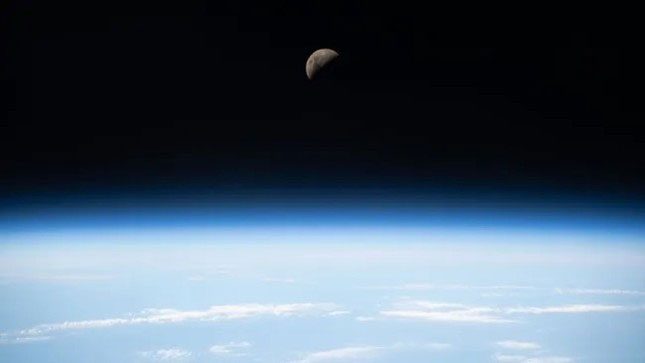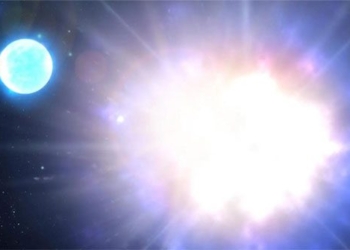The Moon will be eclipsed by Earth in the early morning of March 25. Following this, it will completely eclipse the Sun on April 8. This image of the Moon was captured by NASA’s satellite at the International Space Station (ISS) as it soared nearly 435 km above the South Atlantic Ocean in a very special orbit of the Moon.

First crescent moon on Earth’s horizon captured from the International Space Station. (Photo: NASA)
March 25 marks the beginning of the first “eclipse season” of 2024. In the early hours of March 25, the full moon will be eclipsed by Earth. However, it will not be perfect. While this could have been a total lunar eclipse, also known as a Blood Moon, it will only be a partial lunar eclipse, where the Moon passes through the outer shadow of Earth.
The total solar eclipse will occur between 12:53 AM and 5:32 AM on April 8, reaching its peak at 3:12 AM EDT, where the edge of Earth’s shadow will be visible moving across the surface of the Moon.
On April 8, the new moon—known as the Pink Moon this month—will align perfectly with the Sun and Earth, completely obscuring Earth.
All of North America will experience at least a partial solar eclipse, while areas within the 185 km wide path of totality—the projection of the Moon’s shadow—will witness a total eclipse on April 8.
According to new research from NASA, on average, a total solar eclipse will occur in the same place twice every 366 years.





















































